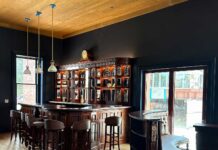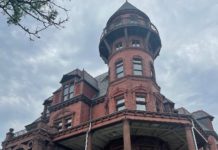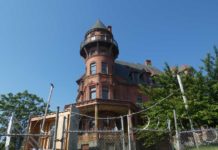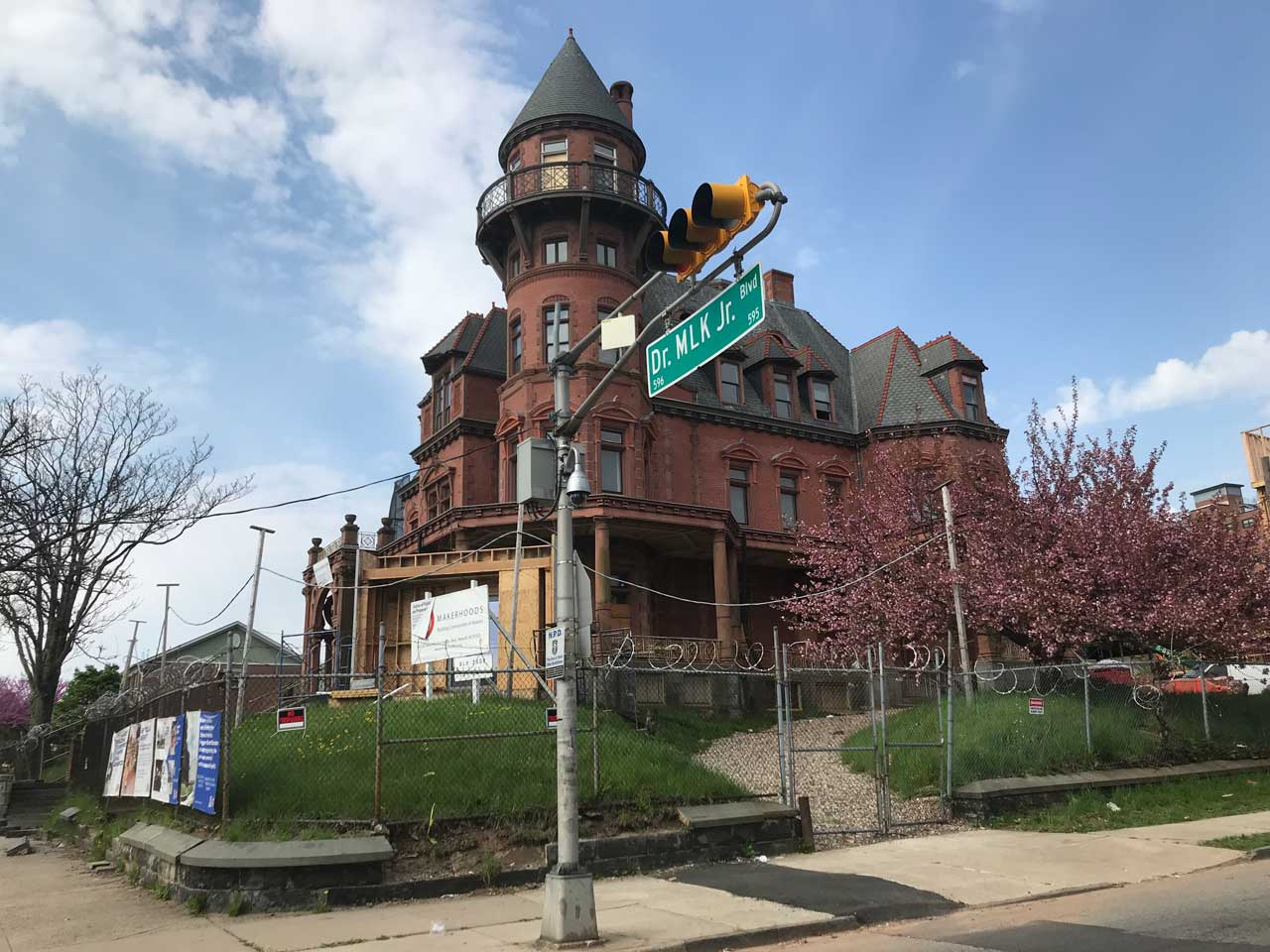
The walls have quite a story to tell at the Krueger-Scott Mansion.
Once boarded up and abandoned for decades, Newark’s grandest residence could only be admired from the sidewalk. A $10 million renovation will soon allow the public to see the rare craftsmanship inside.
The restoration of a historic home is bound to unearth treasures. One of the great discoveries inside this 19th-century home was hidden in the walls — architects found layers of history that go back more than a century.
As ownership of the mansion traded hands between 1888 and 1982, newer details were placed over existing elements, creating a cross-section of architectural styles. The process of peeling back these layers has left the architects with a fascinating dilemma.
“The architectural historians have to decide — do we go back to the original 1888 design?” said David Smith, owner of Specialty Plaster and a craftsman at the mansion. “Or do we go with the 1920s changes?”
The Krueger-Scott Mansion gets its name from two of the owners — Gottfried Krueger, a German-born beer brewer, and Louise Scott, the city’s first Black millionairess. Nearly two generations separated these entrepreneurs, but they had a few things in common.
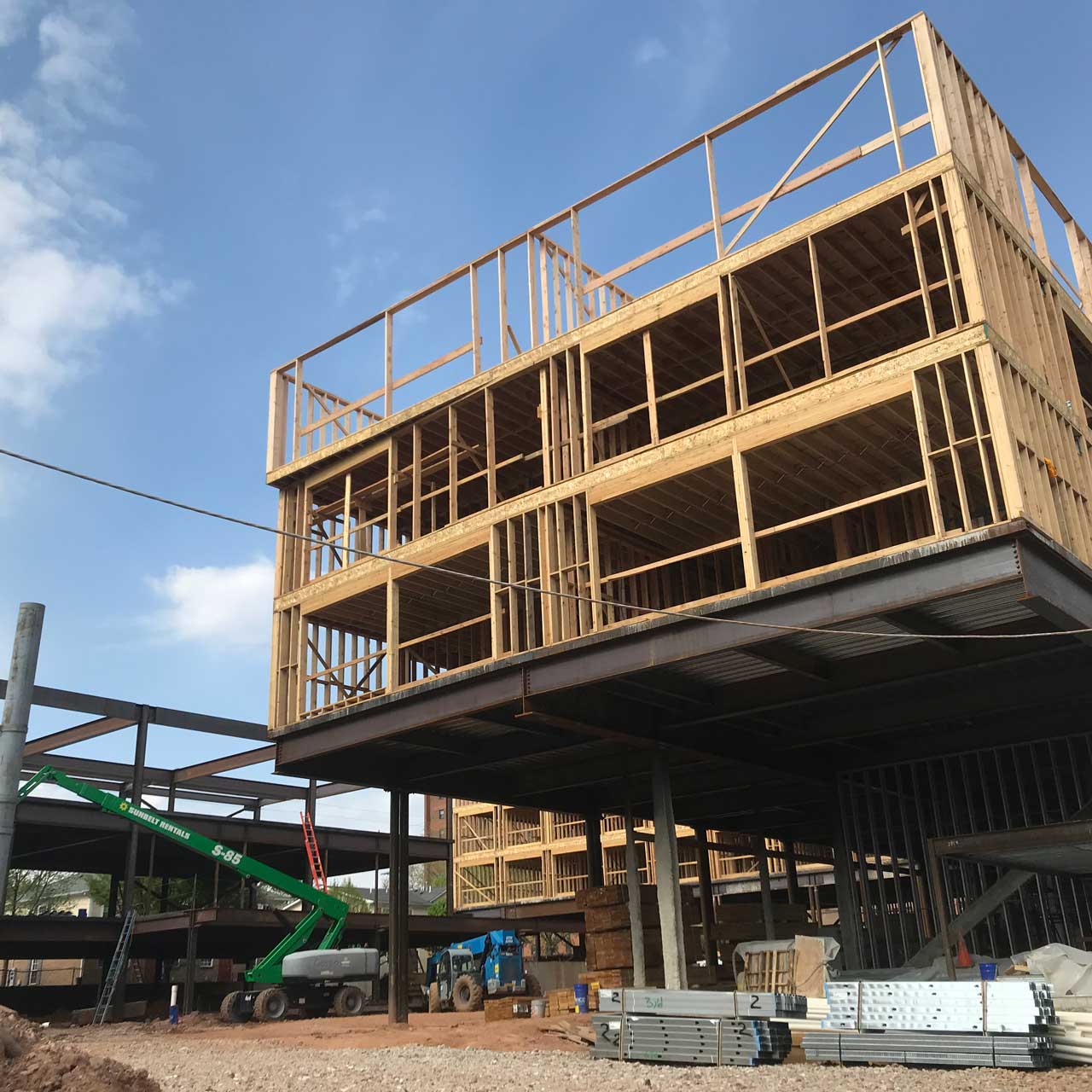
Neither were native to Newark, both struck gold as business owners, and both faced social forces beyond their control that threatened their livelihoods. Krueger, a beer brewer, suffered through Prohibition. Scott, lived through the Newark Riots, and passed away in 1982, when the city took over the home in tax foreclosure.
Henry Shultz, the mansion’s late Victorian architect, designed the interiors in an over-the-top Baroque style with frescoed ceilings and hand-carved wainscoting. A common misconception is that its opulent plasterwork was part of the original design. Not so, according to Smith. Schultz preferred stenciling and embossed leather on the walls.
The 1920s marked the age of Prohibition and Krueger’s brewery business dried up. The home was eventually sold at a loss to the Scottish Rite Freemasons. It was during this period when the lavish plasterwork was placed over Schultz’s stenciled designs.
Plaster, however, is fickle because it crumbles when exposed to water, which infiltrates historic buildings through the chimneys and roof. Repairing damaged plaster is an expensive undertaking because there are so few trained craftsmen.
Smith, who calls his trade a “lost art,” said he is one of only seven craftsmen in the state trained to restore plaster and they have all been hired by Makerhoods to work at the Krueger-Scott Mansion.
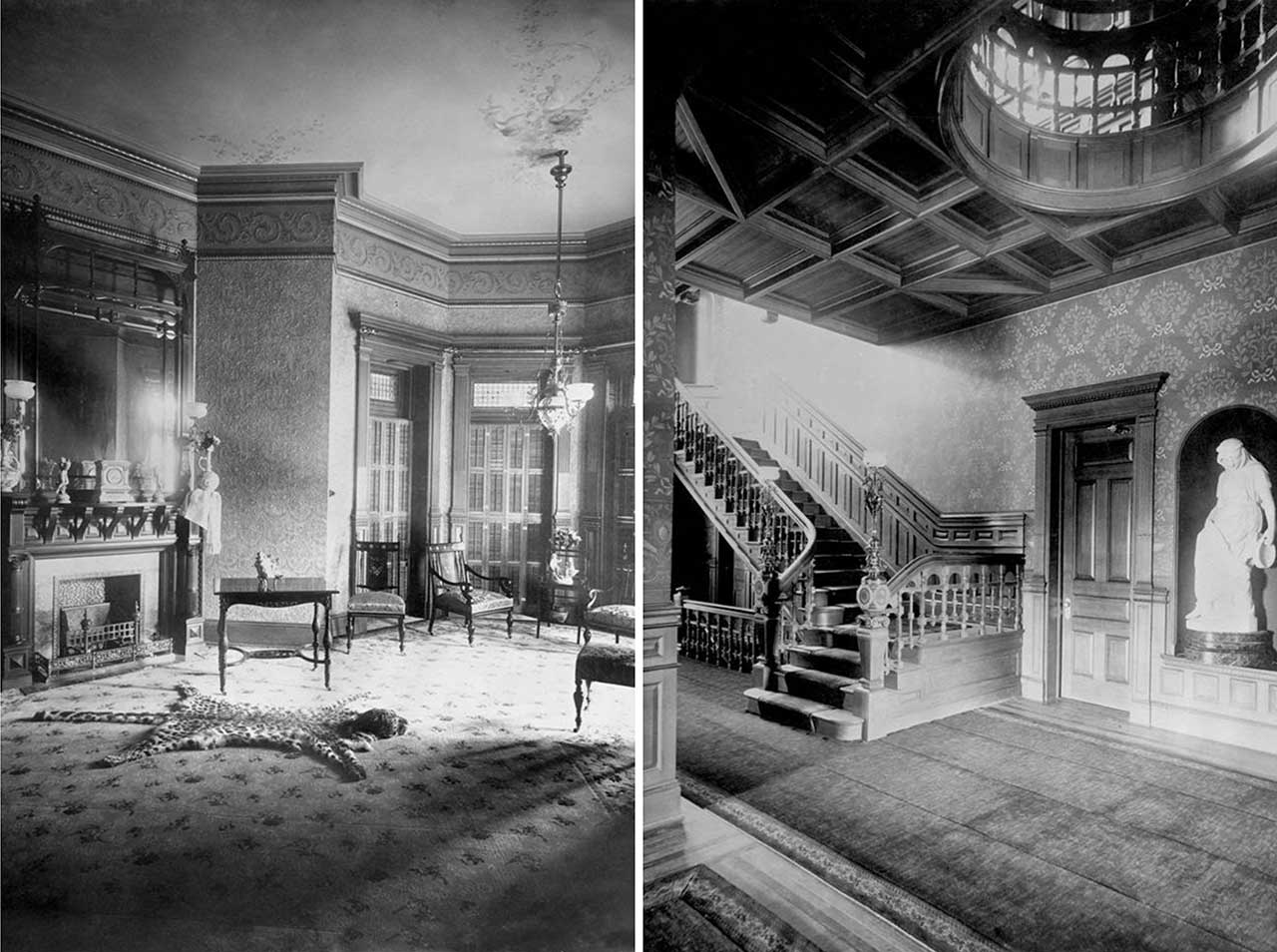
When the restoration began last September, the craftsmen found that several bas-reliefs had chipped off. Fortunately, the late Victorians valued symmetry in their designs. By identifying the repeating patterns in other parts of the room, Smith could anticipate what the missing elements were. Then, using industrial rubber, he made a mold and reproduced the design.
“All you need is one wall to be intact, and you can figure out what the other three walls should look like,” said Smith, who has restored plaster in well-known historic buildings like the Alexander Hamilton U.S. Custom House in Manhattan.
Meanwhile, the Krueger-Scott Mansion continues to hold mysteries for those working inside. The architects have been working off of Shultz’s original blueprint, but the house doesn’t always match the vision on paper. For instance, sometimes a staircase isn’t where the blueprint indicates it’s supposed to be.
“We’re still learning new things about the house,” Smith said. “We’re always playing detective.”
